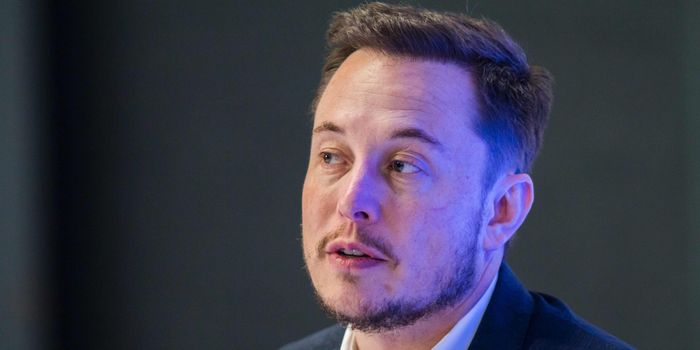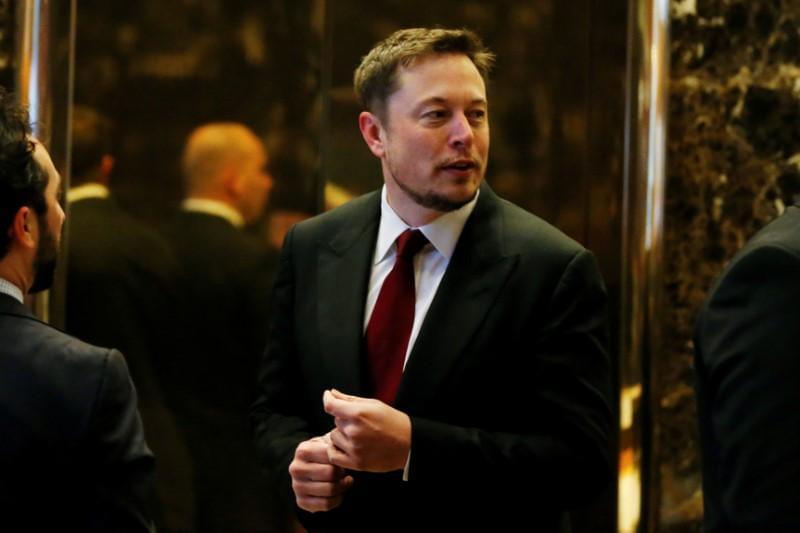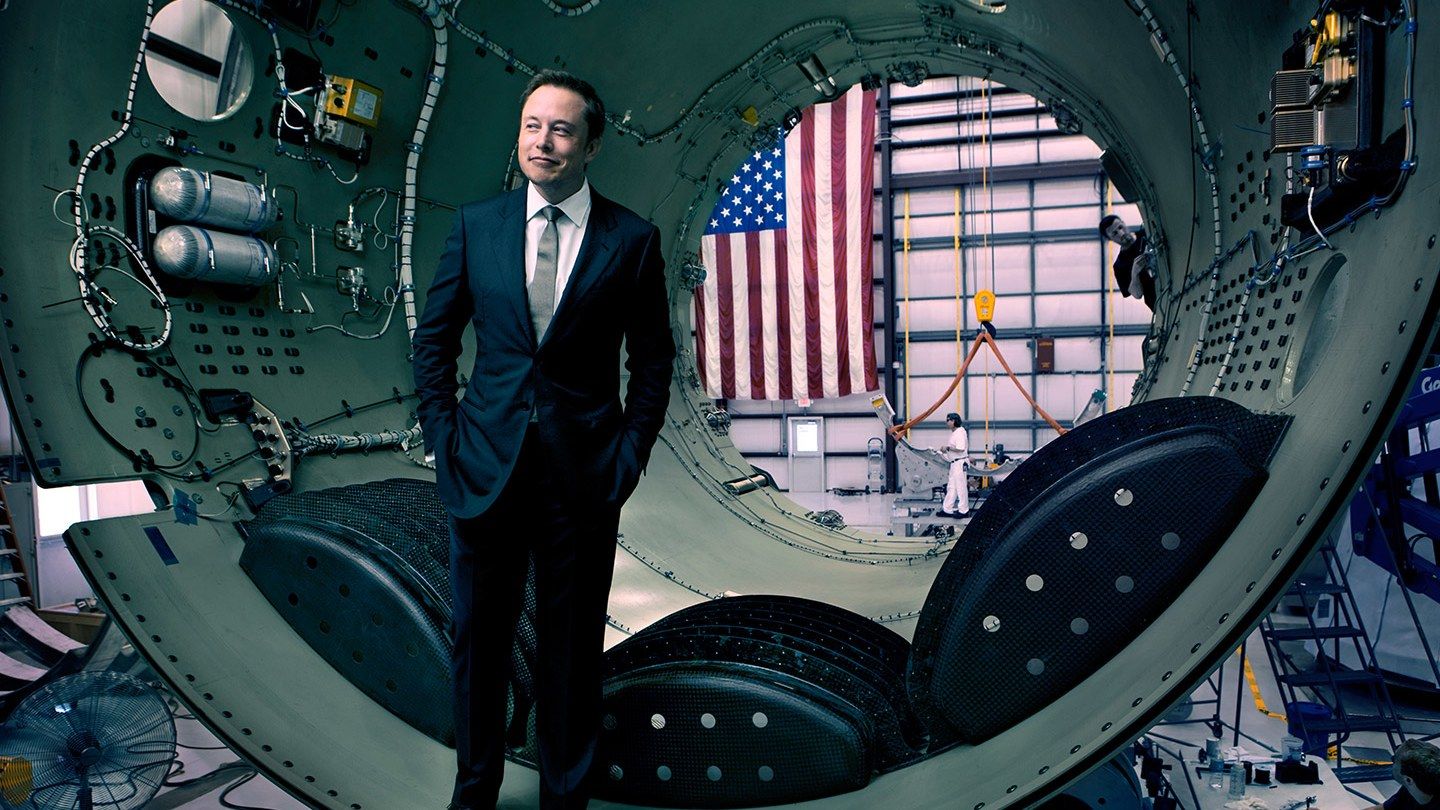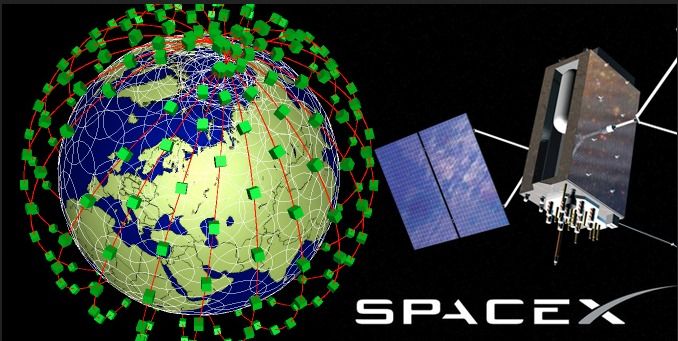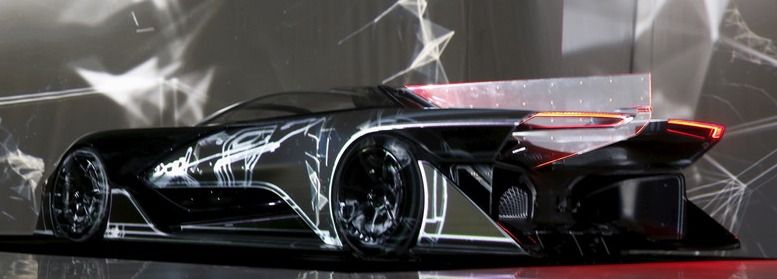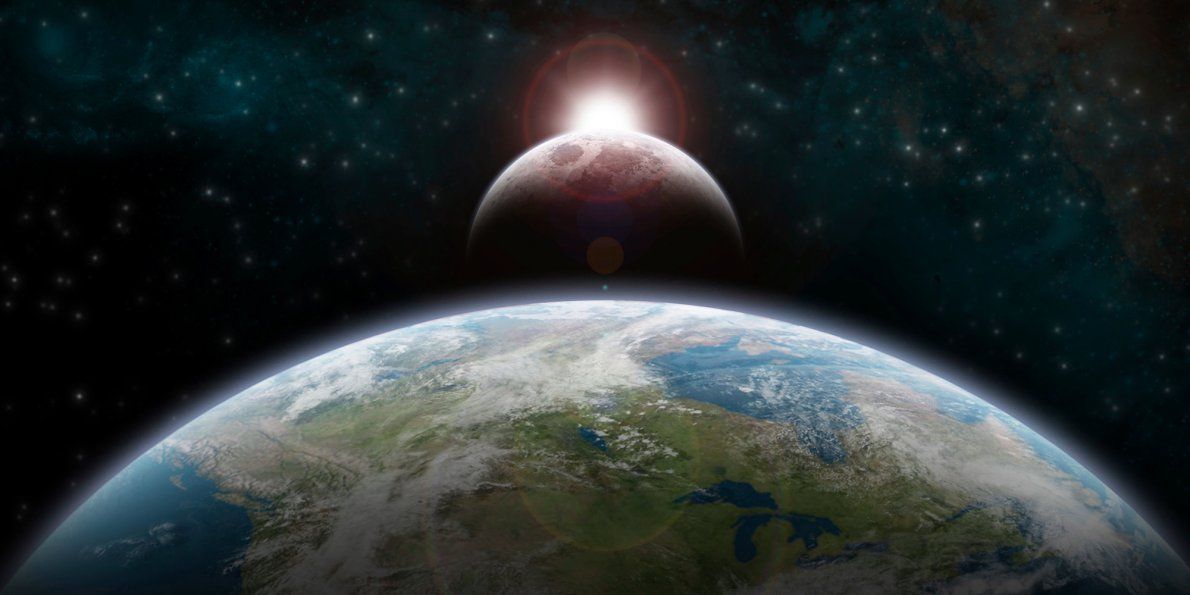In case you missed it, Elon Musk is rather concerned about the fate of humanity, given the extreme advancements being made in artificial intelligence (AI). Ultimately, he fears that our AI will, one day, overtake us. When this happens, he claims that humans will likely become second class citizens (or slaves, or something even worse).
Now, reports have surfaced which assert that he is backing a brain-computer interface venture that was founded to allow humans to keep up with the advancements made in machines. The interface is intended to work by augmenting that which makes us human: our brains.
The find comes from The Wall Street Journal. According to them, the company – which is called Neuralink – is still in the earliest stages of development. To that end, it has no public presence at all.
